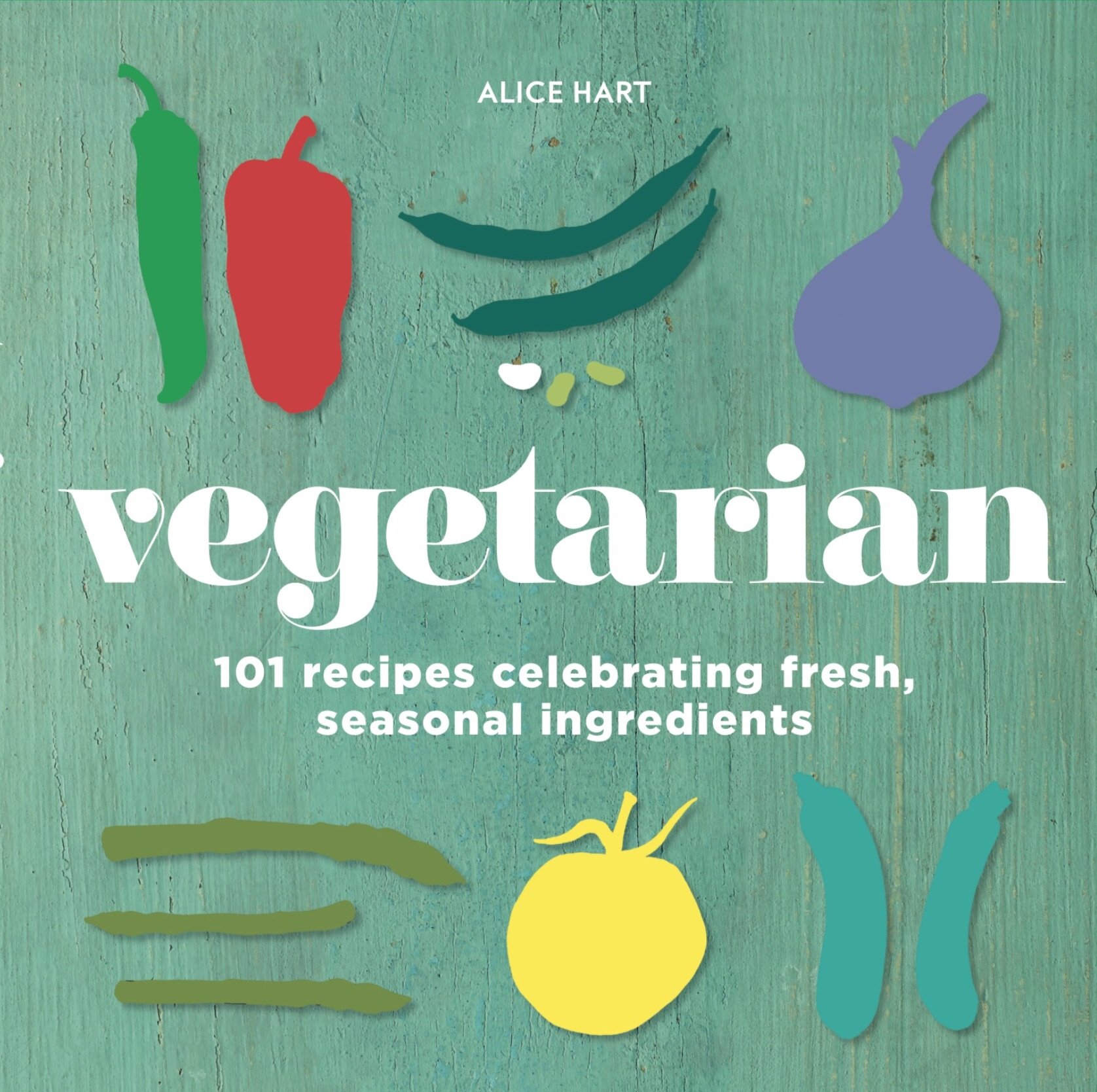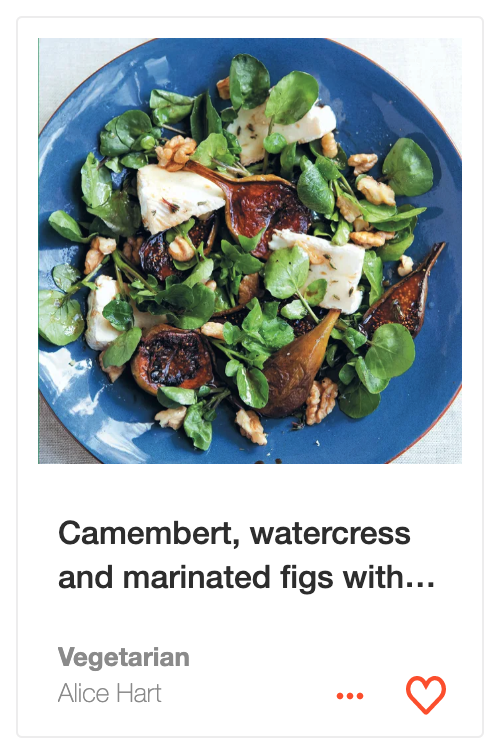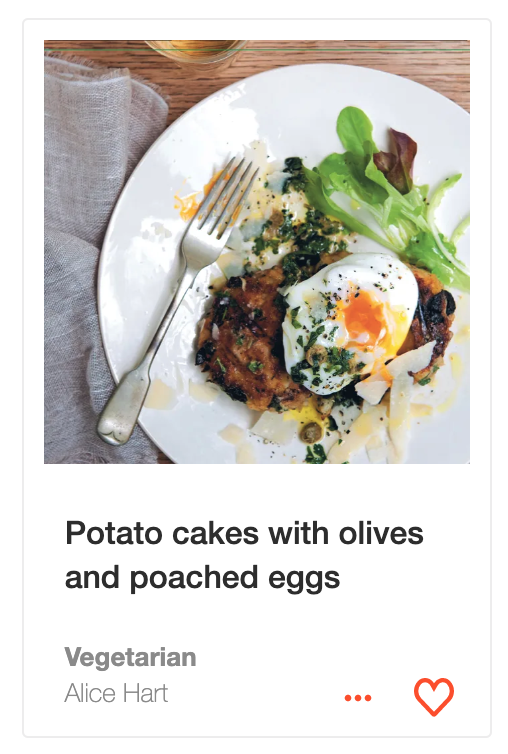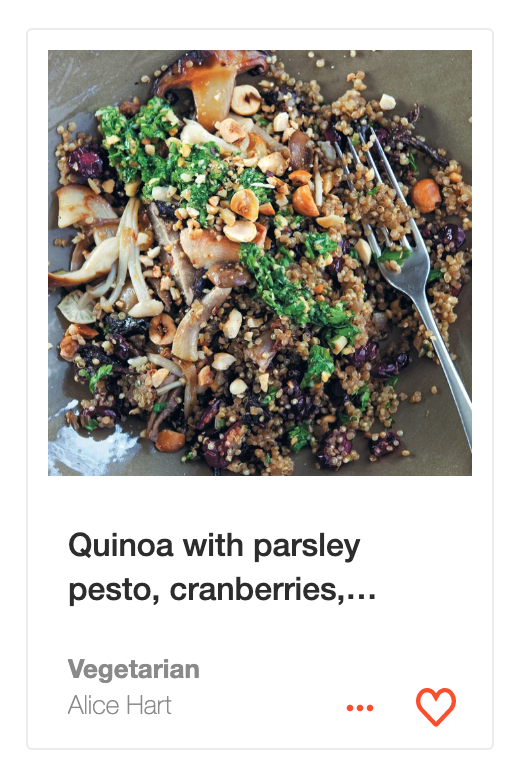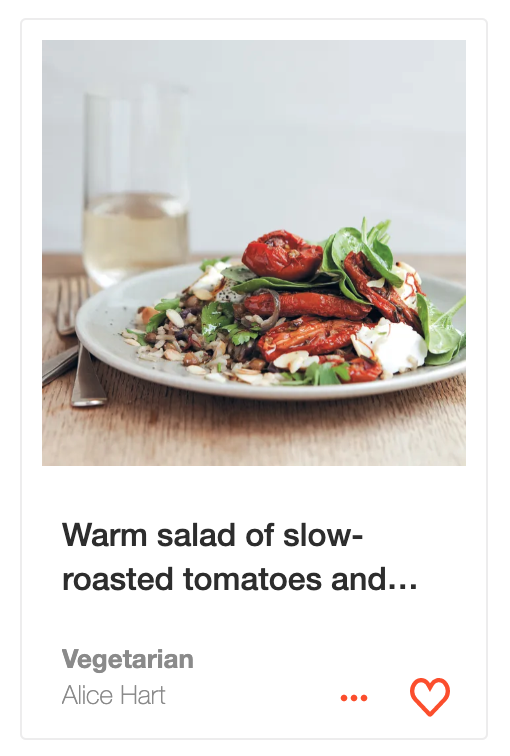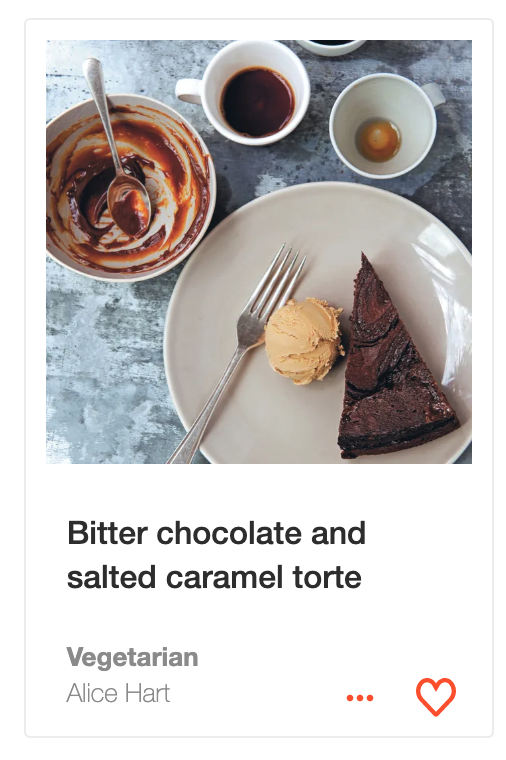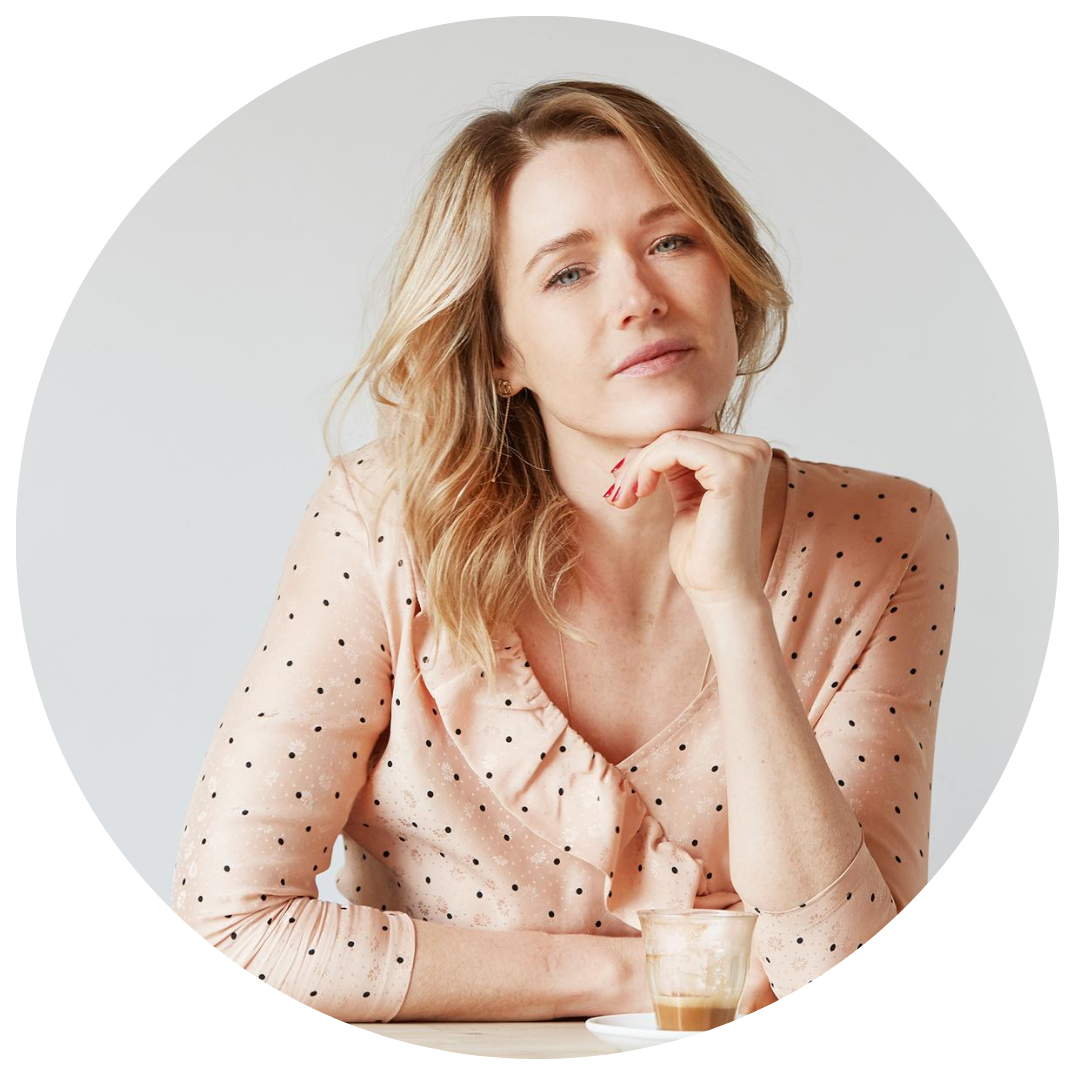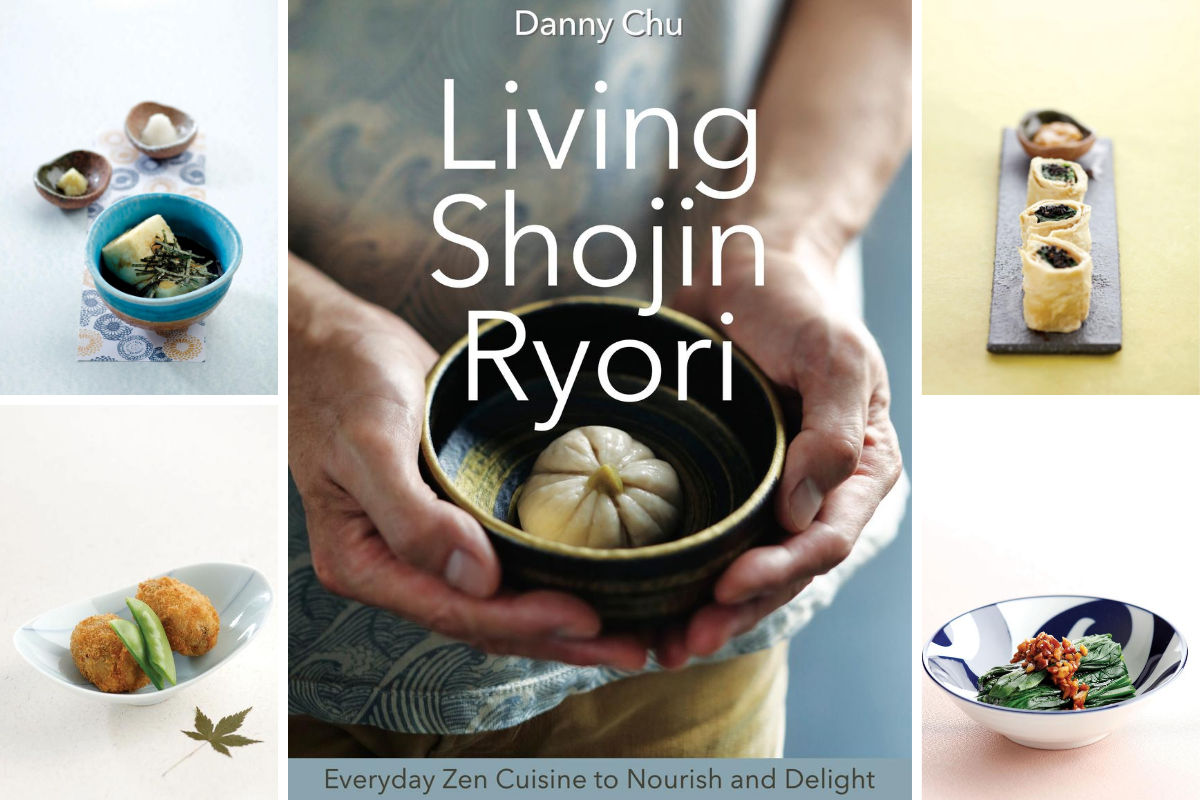Advertisement
Behind the Cookbook: Vegetarian
23 July 2020 · Behind the Cookbook
by Alice Hart
When I wrote my first cookbook dedicated to vegetarian food back in 2009, meat-heavy cooking was still very much in fashion in the UK. Thinking back a further few years still, to 2004, no vegetarians existed in my year of nearly 100 prospective chefs at Leith’s School of Food and Wine in London. None at all – and that included me, by the way.
It wasn’t that beautiful, seasonal fruit and vegetables weren’t revered, but that choosing to consistently cook without the meat would have been tantamount to declaring you weren’t a ‘real’ chef, or didn’t aspire to be one. The colossal and ongoing shift in thinking today is a relief as well as a delight. There is now room at every table for inventive, meat-free cooking, whether that’s for the occasional meal or every day of the week.
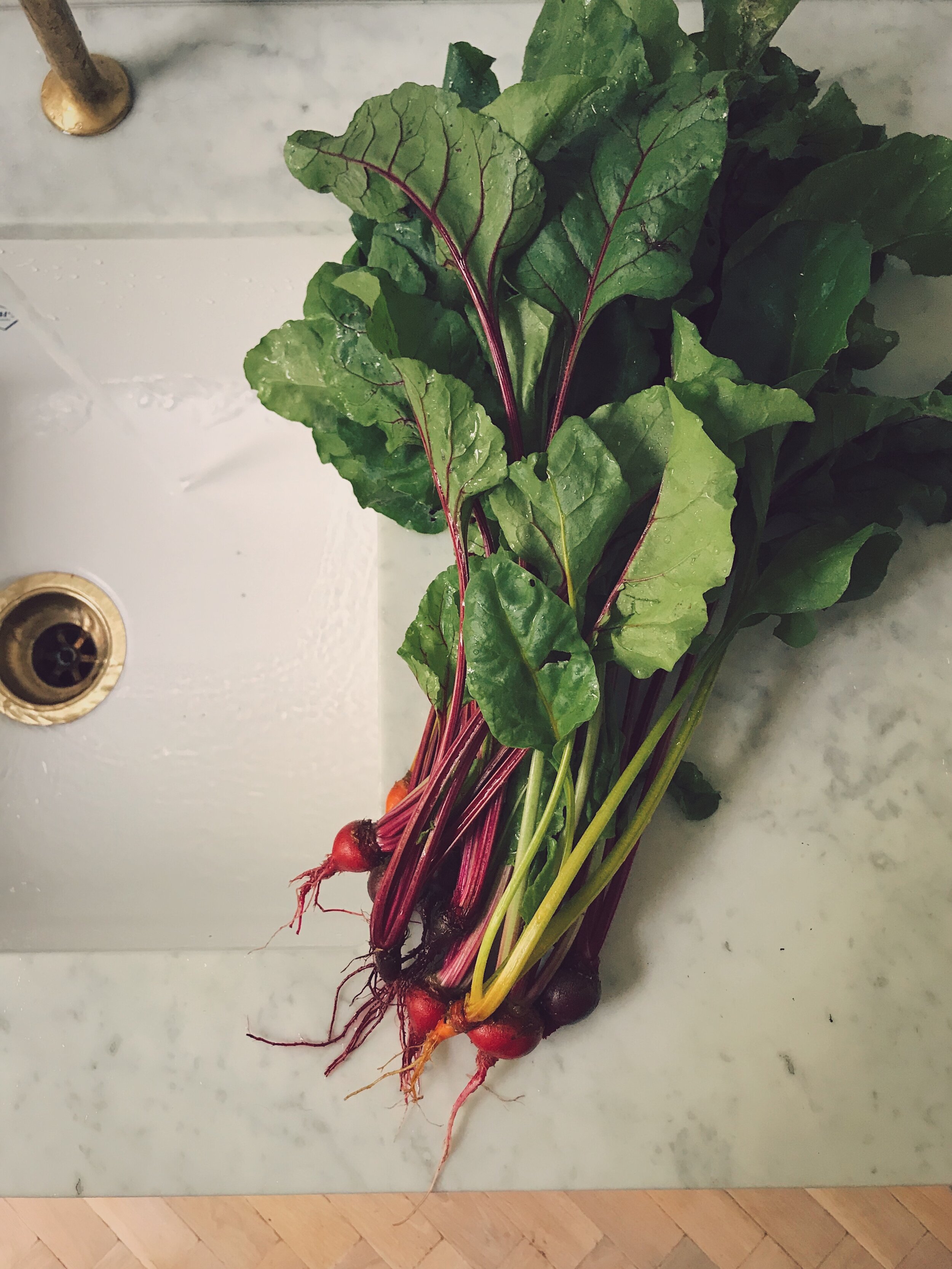
Vegetarian elaborates on methods and ‘tricks’ to satisfying vegetarian and vegan cooking, and if this isn’t your normal, it will require a slight shift in thinking for sure. To summarise a few main ideas:
The concept of balance takes on greater importance, be that as cool vs hot, crisp vs soft, sharp vs sweet, even one colour vs another… South-East Asian cuisines do this exceptionally well, if you’re looking for a masterclass.
Taking greater care when constructing a menu. I don’t eat meat, so I can’t rely on it as a centerpiece or a primary source of umami flavour, which has made me a better and more instinctive cook. I hope it can become second nature to you as it has for me.
A solid grasp of nutrition and knowing about different food is of great help, particularly when creating solely plant-based meals. By combining wholegrains, legumes, pulses and nuts/seeds across the day, for instance, it’s possible – easy, even – to get enough protein to cover average daily needs without including dairy or eggs, but only when you know how!
It was this latter concept that lead me to the post-grad degree I’m currently studying. In 2017, I signed up for my first Ironman – that’s a 3.8km swim, a 180km bike ride and a 42km run. All in one day.
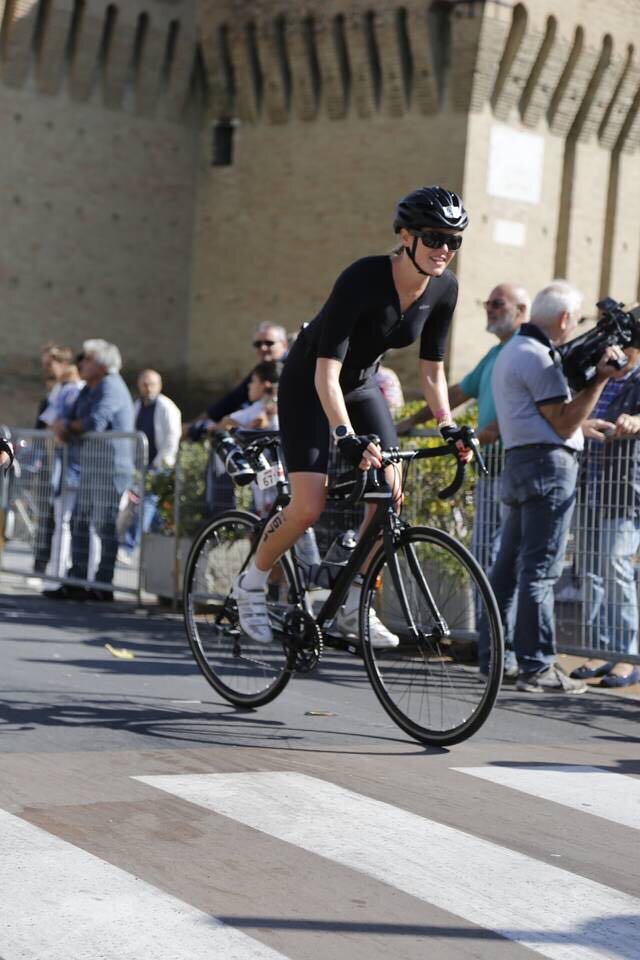
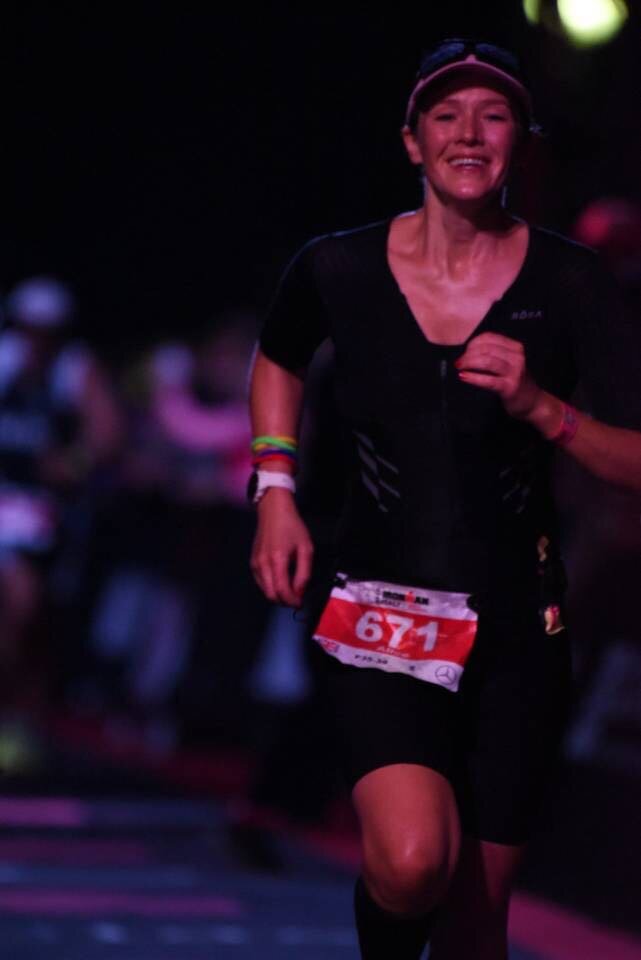
Eating the right things, in large enough quantities to fuel the training required, took on new importance and, truthfully, I struggled with fatigue and under-fuelling at times, even though I don’t exclude eggs, dairy (or even fish when my training load is very high). If I, a trained chef and food writer, with a physiology degree and a sound understanding of how to sift out pseudoscience, felt overwhelmed by the amount of contradictory information on ‘good’ nutrition at large… then how on earth must people without that background knowledge feel?
Hence, enrolling at St Mary’s University in London to study a Masters in Applied Sports Nutrition (I’m already a qualified personal trainer, but the quality and level of nutrition knowledge required there is somewhat lacking, I’m afraid). So many courses, including mine, have been affected by the coronavirus pandemic, but my year group still hope to graduate as performance nutritionists just a few months later than expected, in early 2021, so we can go on to spread the word on sensible and effective, evidence-based nutrition practices.
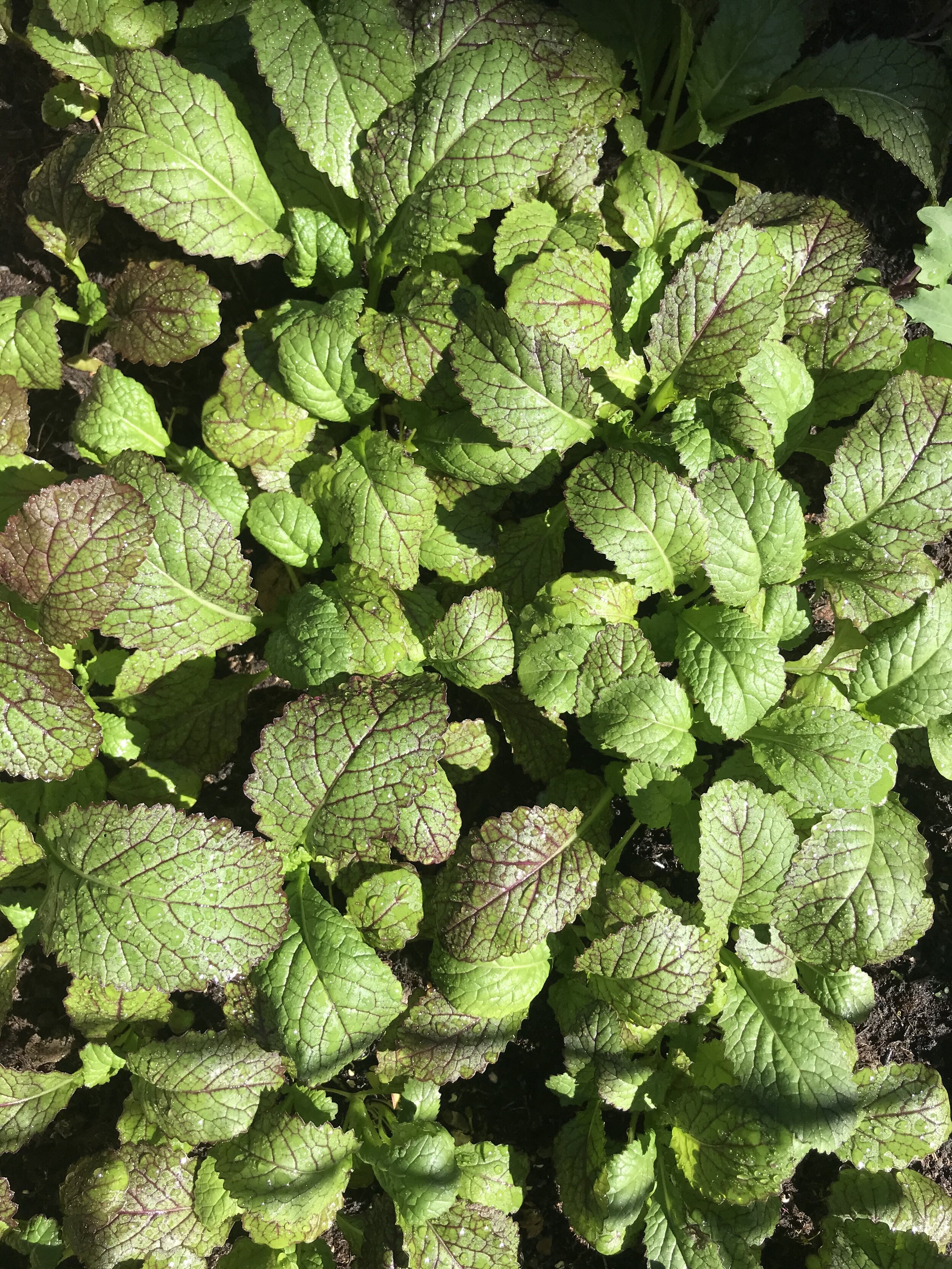
At the moment, and in spite of this bonkers situation we’re navigating, the summer produce keeps growing. The small veg garden I’m lucky to have been able to plant (March lockdown, for everything else it was, turned out to be the perfect time to grow from seed) has made a real difference to my cooking and my food budget, supplying cut-and-come-again salads and greens in the form of spinach, soft herbs, rocket, mustard leaves, chard and beet greens, with the beans and peas, candy beetroot and carrots now coming into their own, too. All being well, next will be tomatoes, artichokes, various kales, borlotti beans (!), kohlrabi (I’ve been using the leaves as greens and wraps as they mature) and squash.
The sheer amount you can grow in raised beds and pots or window boxes is phenomenal, and provides joy, when joy has been sorely needed. Some time spent as a gardener has made my work as a cook very easy – all that colour and flavour needs little to enhance it, other than a confident hand. Herb pestos, zingy dressings, bean purées with a garlic kick (think, variations on hummus), the crunch of toasted seeds and fried capers, cooked wholegrains, first toasted in the pan or oven and then simmered, slowly-made bread and quick-pickled onions have all been go-tos during this strangest time.

My cooking style, no doubt, is getting simpler by the year, so this way of eating suits me well and keeps me inspired, especially as the seasons change and different produce arrives. You don’t have to grow anything yourself to get the benefit of this inspiration; why not challenge yourself to pick an unfamiliar vegetable in place of your standard purchase next time you buy food?
There are plenty of recipe ideas in my books, but you can invariably fall back on the simplicity of vegetable(s) + optional protein in the form of eggs, dairy, pulse or soy etc + wholegrain + flavourful dressing or pesto + added crunch from nuts or seeds. It’s a formula I employ daily, in myriad variations, and it works.
Alice Hart is an exciting, authoritative, new voice who loves to share her culinary knowledge. For her, food is about fun. She is a food stylist, food editor and the author of many cook books. Her food is inspired by her travels around the world and she always cooks with fresh, seasonal produce. She lives in Brighton.
Related Posts
Sign up for ckbk's weekly email newsletter
Advertisement

